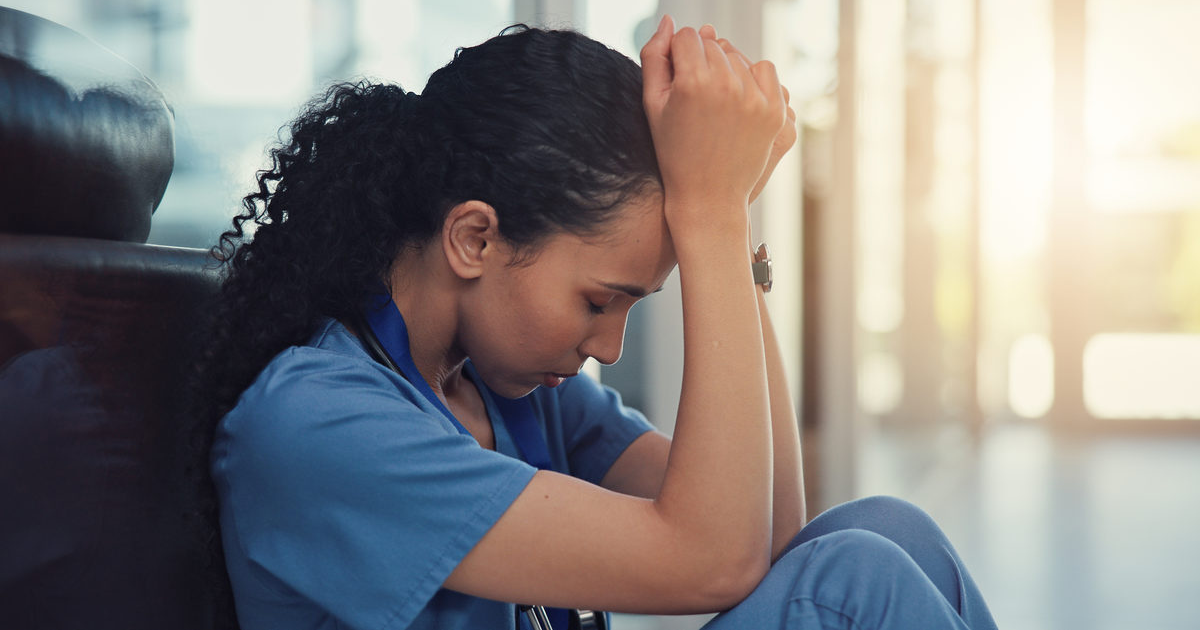Staying sunsmart in a deceptively cold summer
Staying SunSmart is easy enough to remember when the sun is scorching hot, and you’ll burn your toes on the pavement if you’re not careful.
But what about in the middle of a La Nina weather pattern when the region is still getting cold weather and rain?
It is the ultraviolet radiation from the sun, not heat, that causes sunburn, premature ageing, eye and skin damage and can ultimately lead to skin cancer.
So, despite Victoria recording high rainfall and cooler temperatures this spring and early summer, SunSmart is warning all Victorians that ultraviolet radiation (UV) levels are still “very high” and still putting people at risk.
SunSmart spokesperson Emma Glassenbury said UV levels could be high on cool and cloudy days, not just hot days, and we shouldn’t rely on temperature as a guide of when to use sun protection.
“It would be easy for Victorians to forget the importance of sun protection during the cooler weather, however the high UV levels are the unseen danger when people get skin damage, significantly increasing their risk of developing skin cancer,” Ms Glassenbury said.

Unlike the sun’s light, which we see, or the sun’s warmth (infrared radiation) that we can feel, UV cannot be seen or felt, meaning you don’t notice UV radiation is damaging your skin until it is too late.
According to data from Australian Radiation and Nuclear Protection Safety Agency (ARPANSA), UV levels in November were “high’ to ‘very high” each day from 10am to 3.30pm despite the cooler weather.
Ms Glassenbury said Victorians needed to use UV levels to advise their skin protection behaviour.
“In the morning when you go to check the weather, make sure you check your local UV levels including sun protection times.
“You can also find this information on the Bureau of Meteorology’s website and our free SunSmart app.
“Using sun protection cuts people’s risk of developing skin cancer at any age so it is important for everyone to know when the UV levels are 3 or higher and they remember to slip, slop, slap, seek and slide whenever going outside.”
The SunSmart five forms of sun protection include:
· Slip on clothing that covers as much skin as possible
· Slop on SPF30 or higher broad-spectrum, water-resistant sunscreen
· Slap on a broad-brimmed hat that shades the face, ears and neck
· Seek shade
· Slide on sunglasses that meet the Australian Standard for UV protection.
Dr Caroline Taylor-Walker from Ministry of Skin Torquay said when UV rays were at 3 or above, it was important to implement all five of SunSmart’s principles to be protected from UV rays.
“If the UV is under 3, you don’t need to wear sunscreen or stay protected from the sun, and mostly it’s getting that balance, because the sun and getting vitamin D it’s good for us too – it’s important to keep looking at that index,” Dr Taylor-Walker said.
“The most important thing is the sunscreen. What I find in practise is people forget to reapply.
“It’s quite common nowadays for people to apply sunscreen in the morning but what they forget is that after two hours it’s not effective, so by 10 o’clock you’re not protected any longer.”
Dr Taylor-Walker said people should use a sunscreen with SPF 30+ or above that is waterproof and broad spectrum, meaning it covers both UV A and UV B rays, both of which were involved in skin cancer.
“The correct application of sunscreen, you apply 20 minutes before you actually go out into the sun, and you apply the right volume, generally about 7 teaspoons, so a teaspoon on each limit, front of the body, back of the body and the face,” she said.
“You then have to reapply every three hours or after water sports or wiping it off in any way.”
Dr Taylor-Walker said there were presently no official guidelines for skin checks in Australia, but as well as taking care of your skin, getting your skin checked can be a good habit for people to get into.
“If the risk of you getting skin cancer is high then most people require annual skin checks, and as the risks reduce, it might be two-, four-, five-year checks.”
Dr Taylor-Walker said risk factors included your genetics and any history of cancer, age (with those over 60 at higher risk), skin colour, fairer skin at higher risk, the number of moles, and your own personal sun exposure.
“I’d probably recommend starting [skin care checks] between the ages of 15 and 20. Skin cancer is rarer when you’re younger, but it’s still within that age group one of the most common form of cancer.
“It’s also about getting yourself into the routine and establishing what is normal.”


















